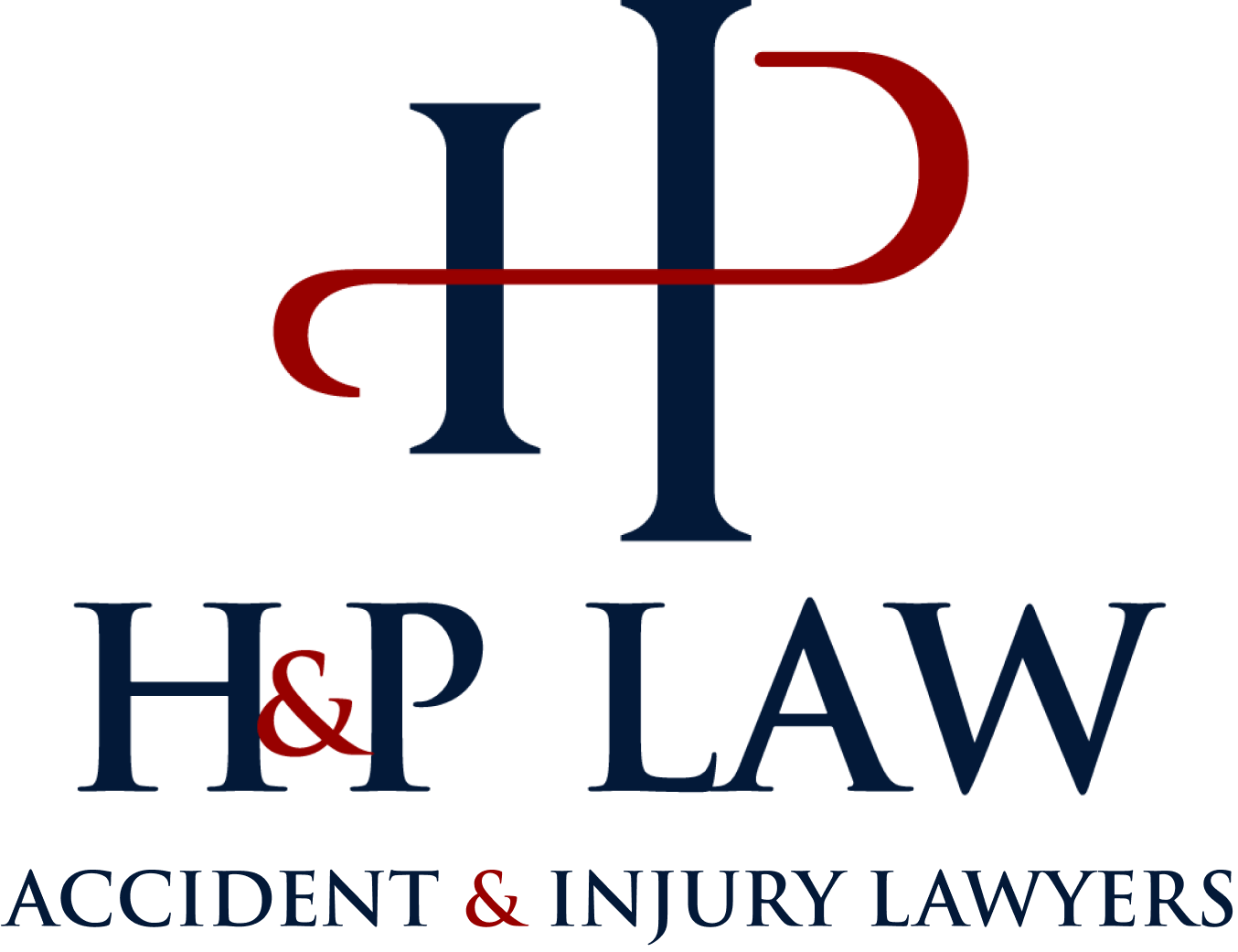Personal injury law embodies all different types of of cases including car accidents, slip or trip and falls, dog bites, injuries from defective products, construction accidents, and even medical malpractice cases. This specific area of law is known as “tort” law. Tort law addresses the legal rights an injured victim has to pursue monetary compensation for the careless, reckless, or intentional behavior of another who was the cause of the harm. Personal injury cases allow for a victim to seek damages in the form of monetary compensation for harm suffered to both person and property.
The Basics of Personal Injury
State law typically governs personal injury cases, but there is an exception. When the accident involves parties from different states or countries, federal or even international procedural law may apply to the lawsuit. And in some cases a federal civil law is violated, which gives rise to a federal cause of action. Unless this particular circumstance exists, most personal injury cases are be filed in the state in which the injury happened.
Some common kinds of personal injury cases include:
- Medical malpractice: When a doctor or another healthcare provider, whether intended or not, provides negligent medical treatment that results in injury or death;
- Industrial diseases: Exposure to toxic chemicals or environments at the workplace may cause permanent occupational injuries or illnesses such as asthma, cancer, hearing loss, or allergies;
- Car accidents: A victim who was injured in an auto accident may recover damages, depending on the facts of the case, from the other driver, the insurance company or a third party;
- Workers’ Compensation: An on-the-job injury may entitle the injured employee to workers’ compensation benefits; if the worker was an independent contractor, a lawsuit may have to be filed directly against the employer; or
- Premises liability: When an accident happens on a property, whether it is private or public, the owner or renter of the property may be held liable for injuries because of negligence.
Comparative Fault and Damages
The importance of determining which party was at fault for injuries is vital to allocating financial liability. Damages in personal injury cases can cover expenses such as medical bills and loss of past and future income and provide benefits for temporary or permanent disability, among others. The law governing the case, typically state law, is used to determine negligence and, consequently, liability.
There are multiple negligence theories that may be used when determining how much compensatory damages are owed to a personal injury victim. The different types of negligence theories include:
- Strict comparative negligence: Under this theory, a plaintiff can seek damages even if he or she is found to be partially liable for the injuries. Damages are calculated as a percentage of the fault found for each party to the accident;
- Contributory negligence: Unlike strict comparative negligence, contributory negligence is an “all-or-nothing” determination. The only way a plaintiff can be awarded damages, is if he or she is not found to be responsible for any portion whatsoever of the accident.
- Modified comparative negligence: If the plaintiff seeking damages is found more responsible for the accident than the defendant, he or she is unable to recuperate damages for injuries suffered. Nevada has a modified comparative negligence statute. NRS 41.141.
Personal Injury Help
No matter what the circumstances, personal injury cases can be stressful for both the victim and his or her loved ones. Typically these accidents and their injuries cause life-changing events, sometimes resulting temporary or permanent injuries affecting all aspects of life. If you or someone you know has been injured due to the negligence of another, contact a dedicated and aggressive personal injury attorneys at H & P. Call (702) 879- 9555 today to schedule your initial consultation.




